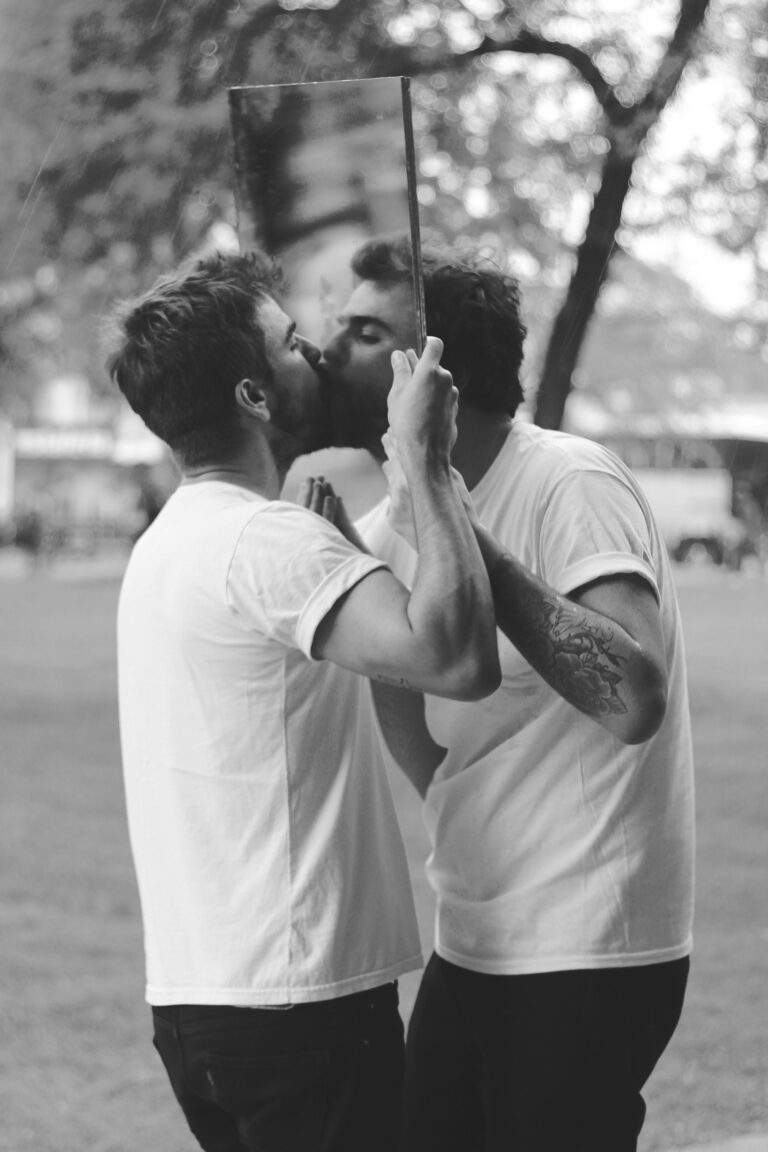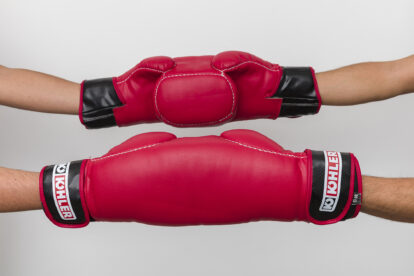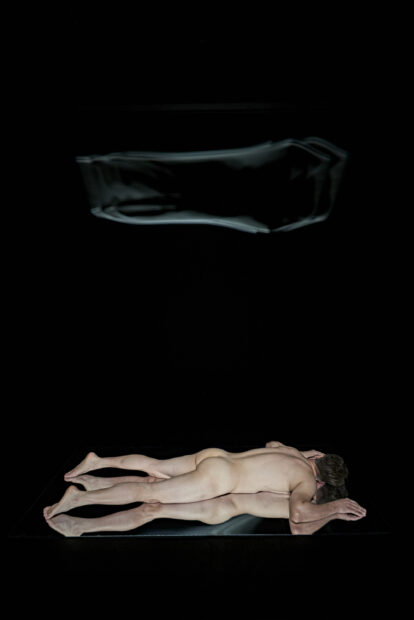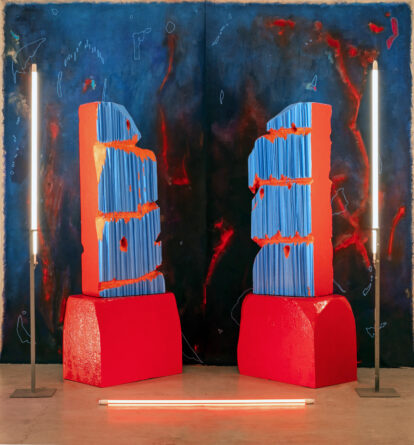A body is not just made of flesh and blood. Not even just matter. A mixture of machine and instrument, prosthesis and laboratory of experimentation, it is above all a set of codes, signs, images, technologies, protocols and properties. A party and a battleground. As Paul Preciado teaches us, our body is a socially constructed text, and it is through this element that is always in dispute that political power imposes itself.
It is in this direction that the work of Tales Frey is plotted. We are facing research interested in challenging the conventions of the hetero-patriarchal biomorphological body, in the search for a more hybrid organism, with elastic matter and multiple and transitory forms. It is not uncommon to identify in his works some procedures that desecrate the body through mirroring, duplication and multiplication, temporarily transforming it into a strange and less recognizable device, less guided by stigmas, social standards and pre-established expectations. Tales also plays by confusing the marks of the feminine and the masculine, suspending the supposed naturalness of the sex/gender contract, by proposing experiments that shake conventional signs such as the wedding dress, high heels, tulle and other garments considered “women’s things”, or the suit and the dress shoes, considered “man’s things”. His actions question binarism as a key to reading the social body.
The radicalization of this gesture leads us to the most interactive works, which invite the public to experience different situations that require a negotiation of differences, placing the work as a democratic terrain par excellence. The artist has explored the concept of indumentum, by configuring devices that work like a skin that connects one body to another. There are pieces such as boxing gloves, clothes, elastic fabrics and pairs of shoes that require participants to establish different agreements between desire and movement, which reminds us of a certain relational tradition of Brazilian art, interested in the art/life binomial. I am interested in calling these works social sculptures, since they stress the individual and the collective; the personal and the political. In these operations, the self-other relationship is not stable, but interchangeable. If there is no consensus that remains, work can be the place for the coexistence of dissent. In fact, in Brazil in 2021, this is perhaps the most latent challenge for all of us.
But something else remains. When looking at these works, we also see that every identity is constructed in contrast to an otherness, an other from whom we differ. We are only something in relation to a referent, which means that we are many, insofar as our contexts change. The structure of a body is the composition of its relationship; and the possibility of recognizing identity as a musical chairs enables us to pursue a subjectivity less subordinated to social constraints. I believe that this is where the power of Tales Frey’s work resides: claiming the subject as a fictional construction in order to understand it also (and necessarily) as an object. It is in this dual condition that we will be able to exercise ourselves as singular, migrant and transitory platforms — open forms, like the very matter of life.

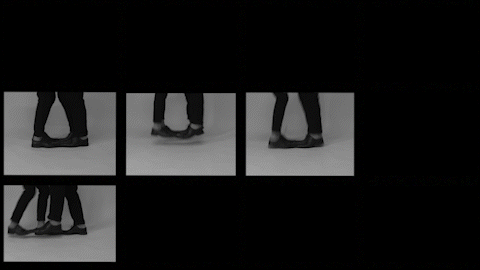
![Tapete Vermelho [Red carpet]](https://www.vervegaleria.com/wp-content/uploads/2022/06/Tapete-Vermelho-1-768x512.jpg)
![Tapete Vermelho [Red carpet]](https://www.vervegaleria.com/wp-content/uploads/2022/06/Tapete-Vermelho-2-768x512.jpg)
![Tapete Vermelho [Red carpet]](https://www.vervegaleria.com/wp-content/uploads/2022/06/Tapete-Vermelho-3-768x512.jpg)
![Estar a Par – Passo a Passo [Be in pair – Step by Step]](https://www.vervegaleria.com/wp-content/uploads/2022/06/Tales_Frey_Estar_a_Par_AdobeExpress.gif)
![Estar a Par [Be in pair]](https://www.vervegaleria.com/wp-content/uploads/2022/06/Estar-a-Par-1-768x554.jpg)
![Veste Única [Single vest]](https://www.vervegaleria.com/wp-content/uploads/2022/06/Veste-Unica-3-768x512.jpg)
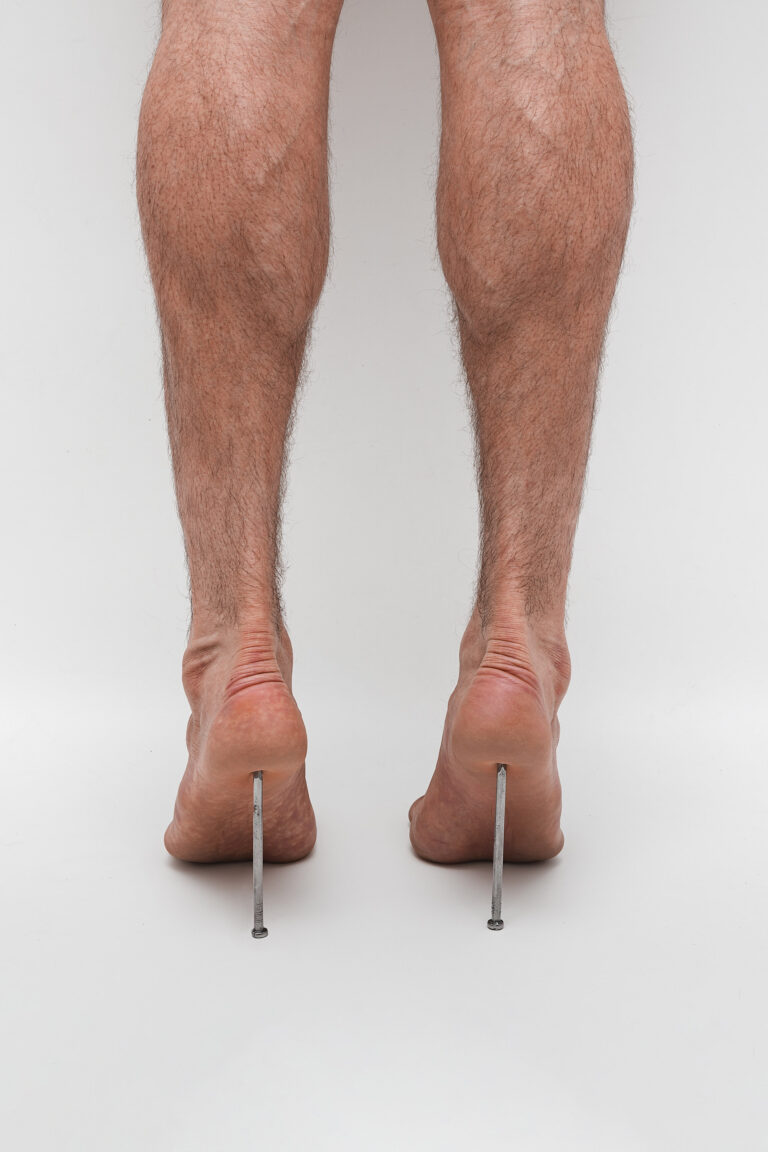
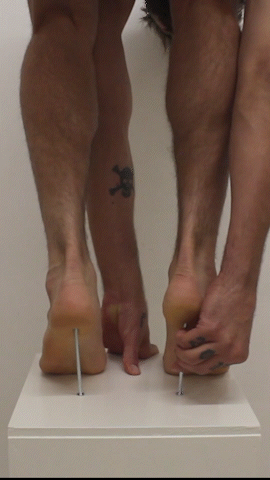
![Dupla Penetração [Double Penetration]](https://www.vervegaleria.com/wp-content/uploads/2022/06/IMG_1271-768x512.jpg)
![Dupla Penetração [Double Penetration]](https://www.vervegaleria.com/wp-content/uploads/2022/06/Dupla-Penetracao-1-768x1154.jpg)
![Finitas Contagens para Infinitas Variações [Finite Counts for Infinite Variations]](https://www.vervegaleria.com/wp-content/uploads/2022/06/Finitas-Contagens-para-Infinitas-Variacoes-5-768x529.jpg)
![Entrar no Samba [Enter Samba]](https://www.vervegaleria.com/wp-content/uploads/2022/06/Tales_Frey_Entrar_no_Samba_AdobeExpress.gif)
![Entrar no Samba [Enter Samba]](https://www.vervegaleria.com/wp-content/uploads/2022/06/Entrar-no-Samba-768x1738.jpg)
![Vestido [Dress]](https://www.vervegaleria.com/wp-content/uploads/2022/06/Vestido-1-768x512.jpg)
![Triunfo [Triumph]](https://www.vervegaleria.com/wp-content/uploads/2022/06/Triunfo-4-768x512.jpg)
![Triunfo [Triumph]](https://www.vervegaleria.com/wp-content/uploads/2022/06/Triunfo-2-768x512.jpg)
![Triunfo [Triumph]](https://www.vervegaleria.com/wp-content/uploads/2022/06/Triunfo-1-768x1152.jpg)
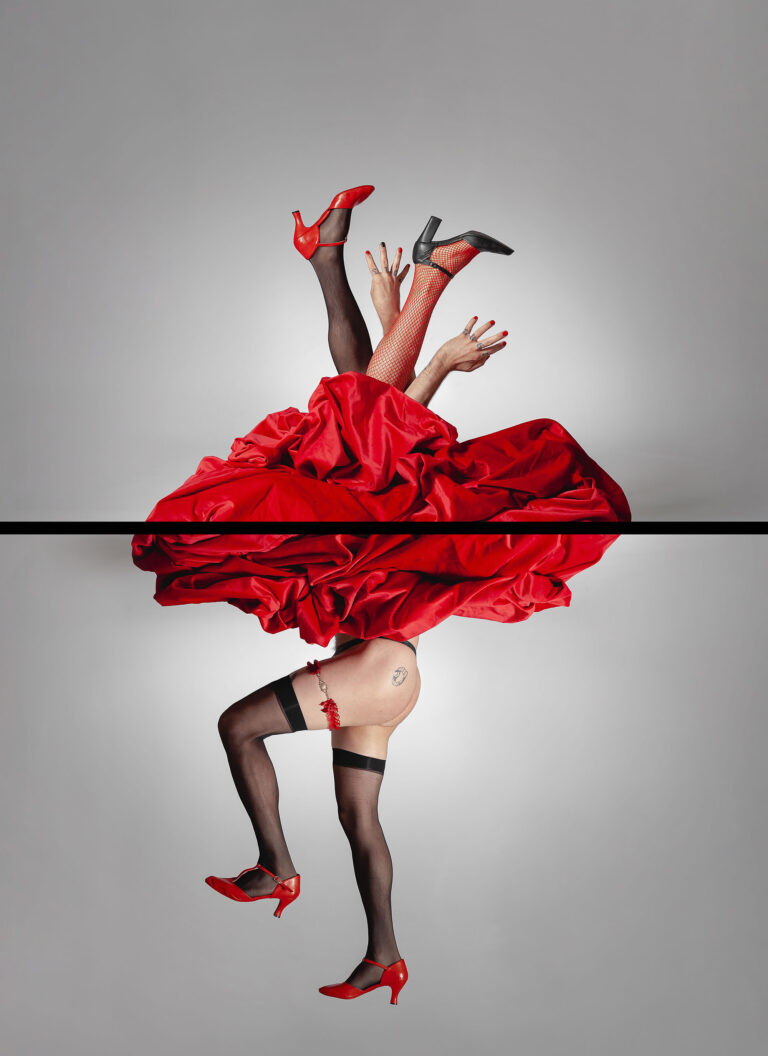
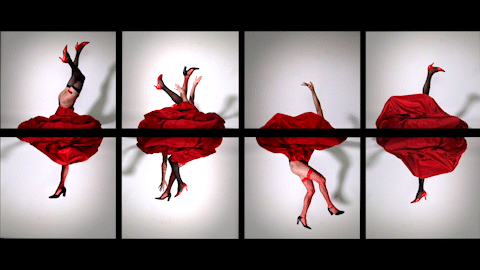
![Reverso [Reverse]](https://www.vervegaleria.com/wp-content/uploads/2022/06/reverso-1-768x1150.jpg)

